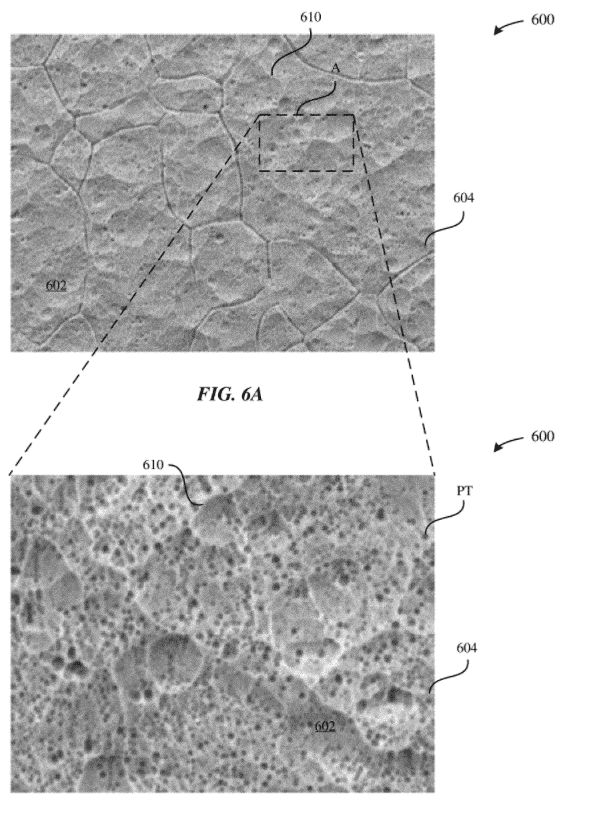The patent, spotted by Patently Apple and titled “Anodized Part Having a Matte Black Appearance,” suggests the colorway would not just be your typical matte black finish. These can still show smudges and scratches; these are really more of a dark grey. The patent instead seems to point to a finish a bit closer to an ultra-black material like Vantablack, able to absorb “generally all visible light.” If you’re not familiar with Vantablack and other ultra-dark materials, they are basically somewhat akin to looking at a black hole. Aside from just looking cool, it could have the effect of significantly hiding scratches and other damage on metal. For example, in the image below, you can see how the wrinkles on aluminum foil basically disappear completely once Vantablack is applied to the material:
I wouldn’t expect the material to be quite this dark, but the idea seems to be making a product as black as possible without making it glossy — a surprisingly difficult task. The technology would work by using a special etching process that creates pores on metal, effectively increasing the surface area for light absorption on an anodized layer. Per the patent’s own description: The pores would look like this when viewed under a microscope.
Dark materials convert light into heat, so that amount of light absorption could pose a thermal management issue in bright sunlight. Still, if we ever see the product come to light (dark?) it’s fair to assume Apple will have worked around that particular reservation; its new chips are very efficient after all. The patent dates back to 2019, so whether Apple abandoned the idea or simply needs some more time remains to be seen.

